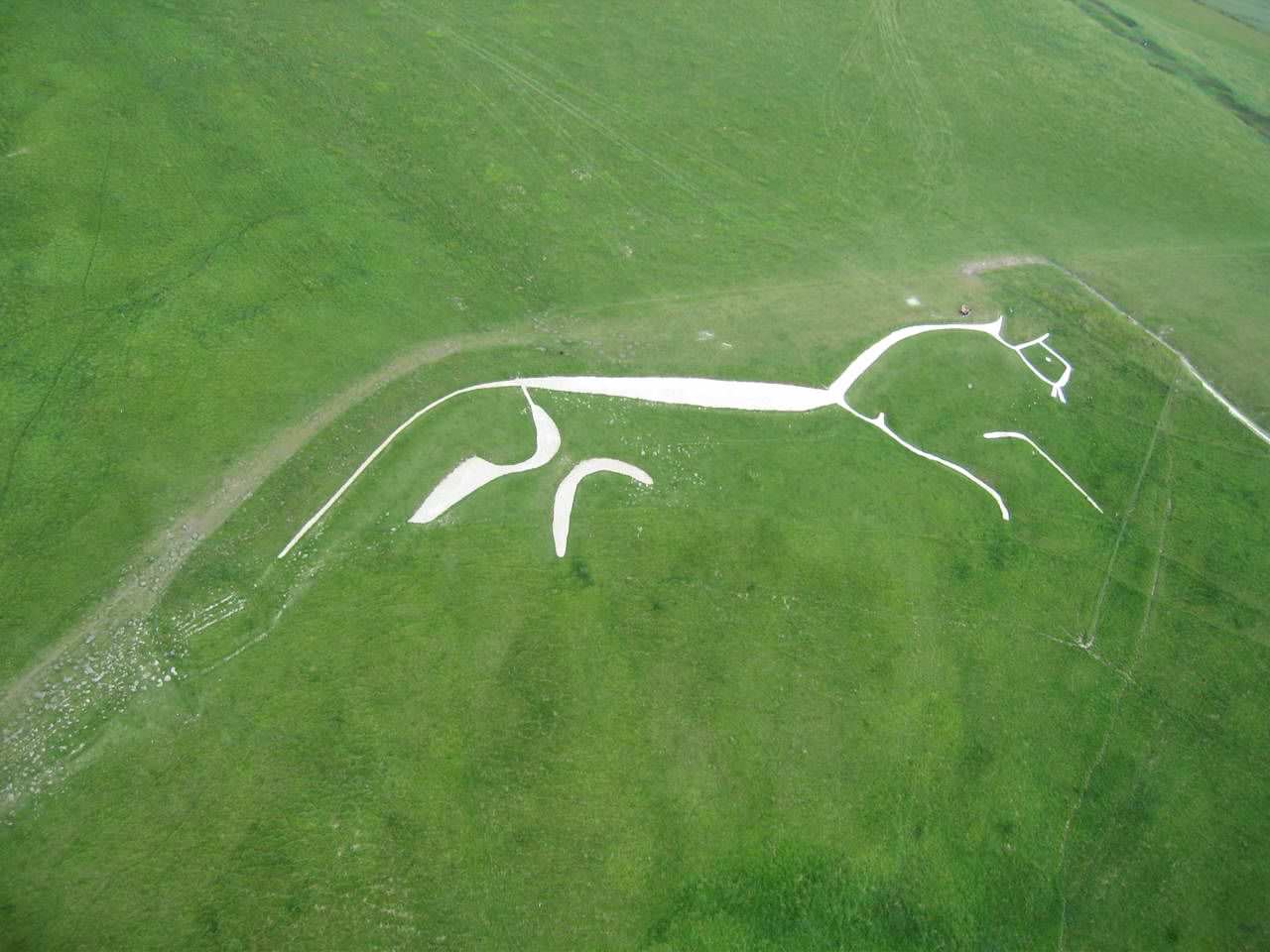The Uffington White Horse, a prehistoric hill figure etched into the rolling green hills of Oxfordshire, England, is a sight to behold. This ancient geoglyph, stretching 110 meters in length, is a testament to the artistic prowess of our ancestors and continues to captivate historians, archaeologists, and tourists alike.
The Beaker people
The Beaker people are named after the distinctive bell-shaped beakers that they made, used, and buried with their dead. They lived in Western Europe during the late Neolithic and early Bronze Age, roughly from 2800–1800 BCE. The origins of the Beaker culture remain a topic of debate among archaeologists. Recent evidence suggests they may have come from the Iberian Peninsula (modern Spain and Portugal) and spread into central and Western Europe. This movement brought new practices, technologies, and genetic material to the regions they settled.
Who were the Beaker people? They were initially thought to be a single group of people moving across the landscape. However, current research indicates that the Beaker culture was a collection of various groups sharing similar pottery styles, burial practices, and metalworking techniques. They contributed significantly to the spread of metallurgy in Europe, particularly the use of copper and later bronze. Their society was not uniform; it varied regionally. The spread of Beaker artifacts and styles influenced the local customs of the Neolithic populations they encountered. Through their travels and interactions, the Beaker people played a crucial role in the cultural and technological transformations of Europe during that era.

